China should seize the current window of improving expectations and rising confidence to build momentum going into 2025, economists said, calling for a forceful and extraordinary combination of macro policies next year.
Given the recently announced stimulus package, China's economy will likely pick up in the fourth quarter, providing strong support for meeting the annual growth target of around 5 percent, they said.
Huang Hanquan, head of the Chinese Academy of Macroeconomic Research, which is affiliated with the National Development and Reform Commission, said the Chinese economy is likely to register a "U-shaped" recovery for the full year, with consolidated momentum in the fourth quarter amid strengthened social expectations, bringing the annual economic and social development goals within reach.
He said the recent incremental policies, ranging from reducing interest rates and banks' required reserves to lowering existing mortgage rates, have been extraordinary and strong in intensity, demonstrating the government's "determination and courage to promote economic recovery".
"Looking ahead, we must seize the current window of stabilizing expectations and growing confidence to capitalize on the momentum. We need to launch a forceful and extraordinary combination of macro policies and initiate iconic reform measures," Huang added.
Zong Liang, chief researcher at Bank of China, said that China's economy is poised to pick up in the fourth quarter, with the stimulus policies gradually taking effect.
Sino-U.S. communication
Their remarks came after Vice-Minister of Finance Liao Min highlighted the powerful package of stimulus policies that China recently introduced during a meeting between economic working groups of China and the United States in Washington, DC, on Friday.
The two sides had in-depth, practical and constructive communication on macroeconomic situation and policies of the two countries, the ministry said.
During the World Bank's 110th Development Committee meeting on Friday, Liao said that China will intensify countercyclical adjustments of fiscal policy, with a series of strong measures implemented to resolve local government debt risks, stabilize the real estate market, increase the income of key groups, enhance people's livelihoods, and drive equipment upgrades and trade-in deals for consumer goods.
Zhang Bin, deputy director of the Chinese Academy of Social Sciences' Institute of World Economics and Politics, said that expectations and confidence have been significantly boosted by the incremental policies, which sent a clear, strong signal that more policies will be announced to enhance economic vitality and tackle the immediate challenge of insufficient demand.
"The focus now is on how these policies will be implemented and whether their intensity is sufficient. In this regard, I believe the year 2025 is very much worth looking forward to," said Zhang, who is also a senior researcher at the China Finance 40 Forum, a leading think tank.
"I think policymakers need to further increase the intensity of (macroeconomic) policies. It's like a race — policies need to precede the market (expectations) to effectively reverse sentiments and kick off a positive economic cycle," he said.
As for fiscal policy, Zhang said it "deserves anticipation" if next year's fiscal expansion could be further strengthened based on recent policy signals, although specific plans still await legislative procedures. He added that government spending should outpace GDP expansion to drive growth.
If the country's GDP growth target stays unchanged at about 5 percent for 2025, it may necessitate a reasonable increase in government debt by about 11 trillion to 12 trillion yuan ($1.5 trillion to $1.7 trillion) to ensure adequate government spending and policy-oriented financial bonds worth 3 trillion to 5 trillion yuan, he said.
On the monetary policy front, Zhang said there remains a large scope for interest rates to decline, as the rate cut should be significantly bigger than the slide in price levels to ensure easing real financing costs and spurring investment and consumption.








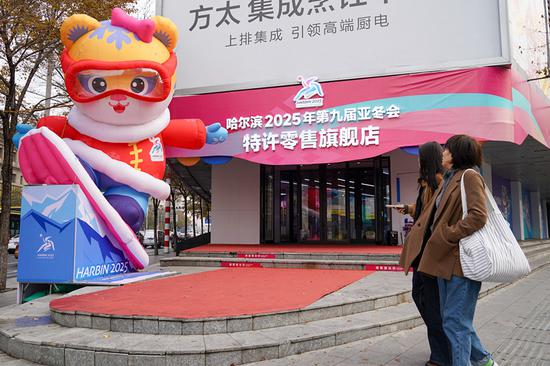
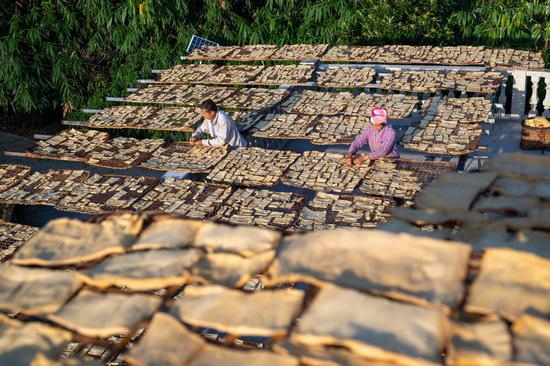





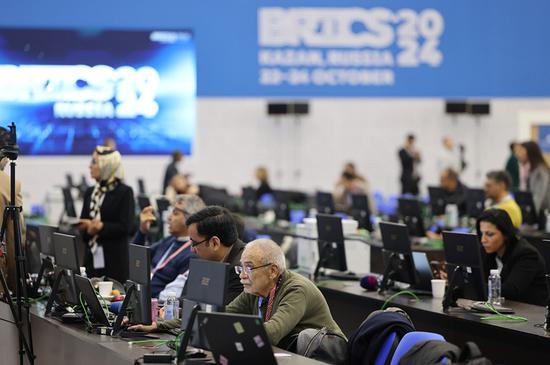

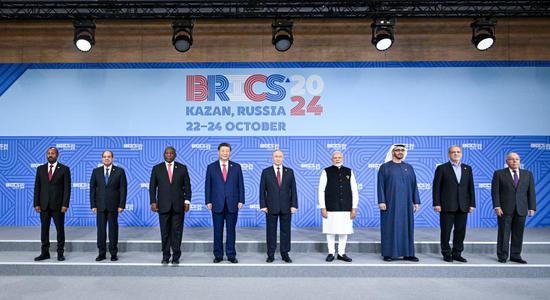




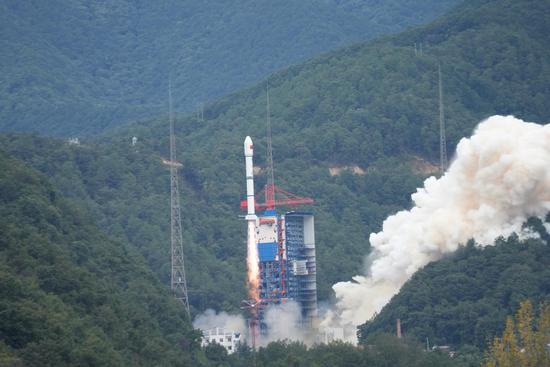





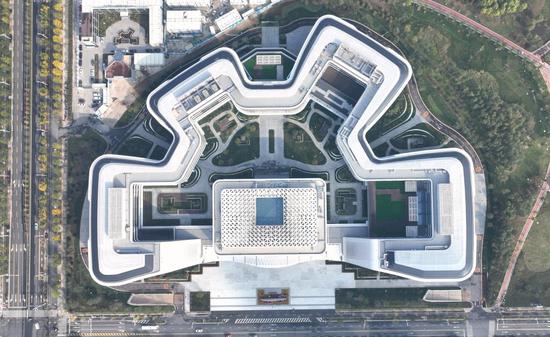

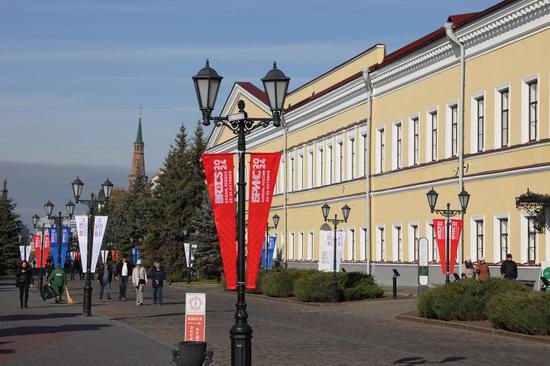







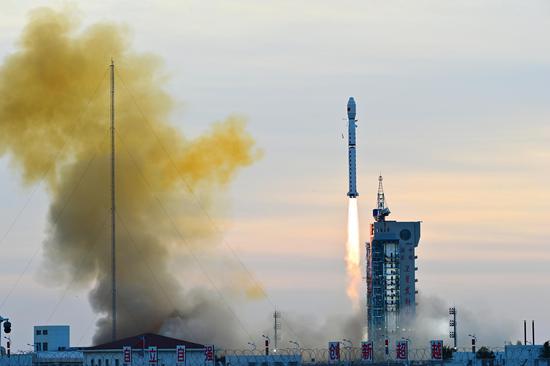




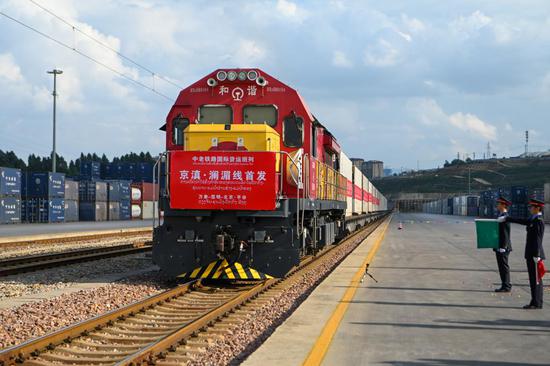






 京公网安备 11010202009201号
京公网安备 11010202009201号